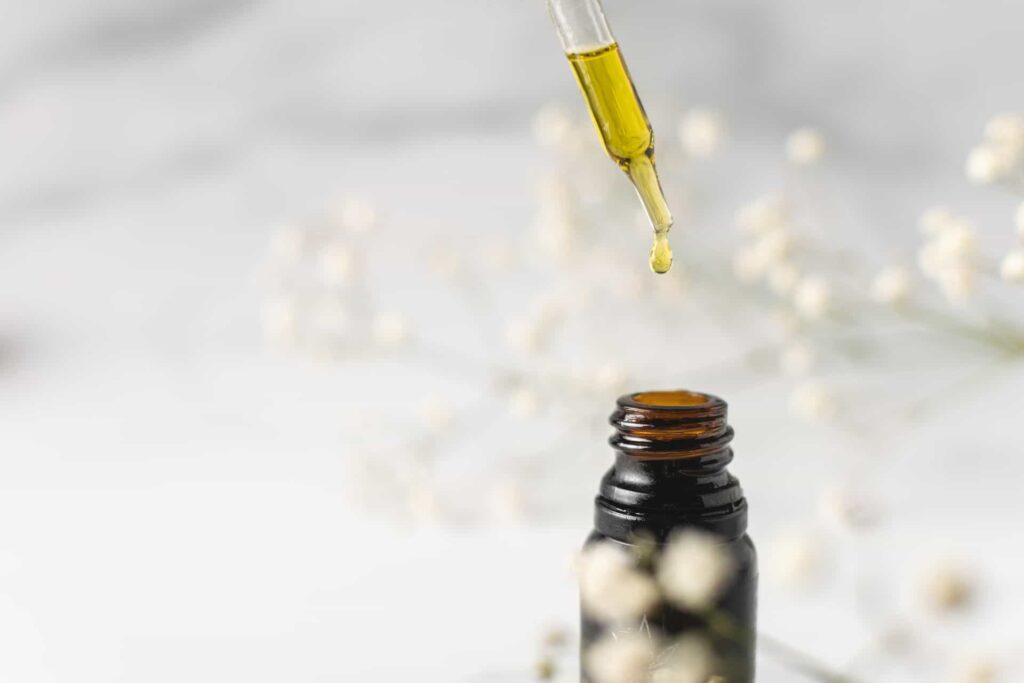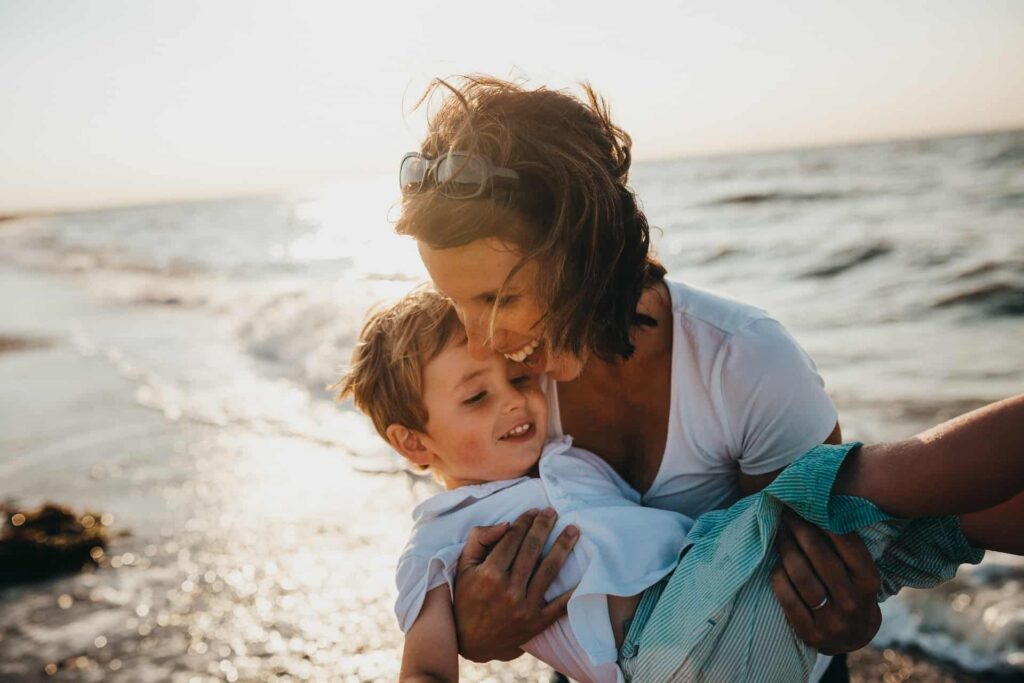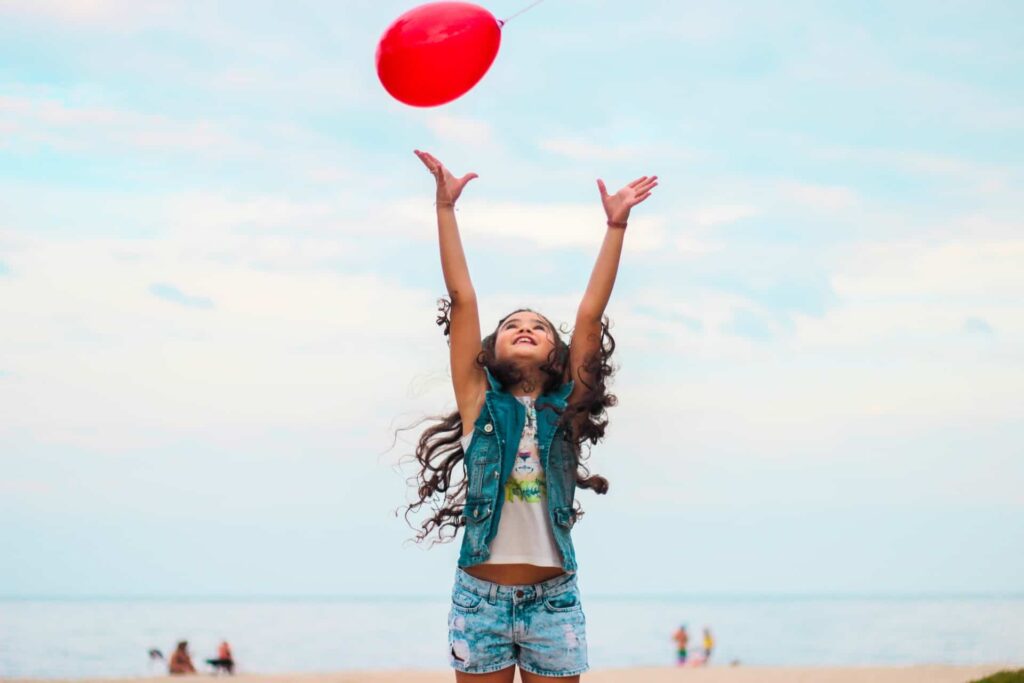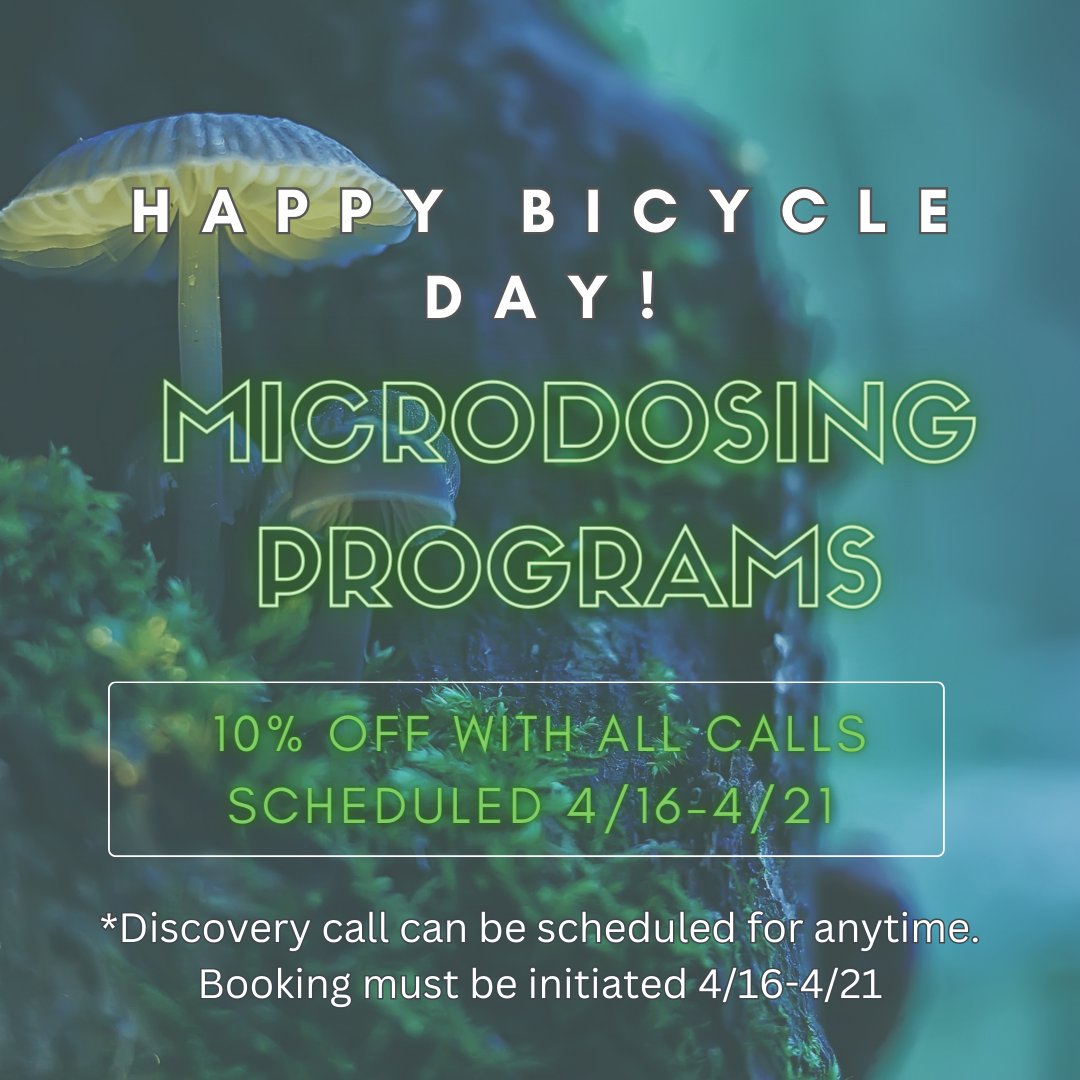The demand for CBD products is high and growing every year. Many adults regularly treat a variety of issues with products that contain CBD. Because of this, many wonder if children can be treated with CBD in the same way.
Ultimately, this is a tricky question. It involves looking at the nature of CBD and its potential advantages and disadvantages. Keep reading to discover what you need to know.
Related: History of Marijuana Policy in the USA
What Is CBD?
CBD is a naturally occurring chemical compound found in the cannabis plant. It is one of the most abundant compounds in cannabis or hemp plant and people believe it contributes to so many of its therapeutic benefits. Humans used cannabis for centuries to treat various ailments ranging from battle wounds, stomach upset to digestive disorders. CBD is a non-psychotropic cannabinoid.
CBD on the market usually comes from a hemp plant, meaning the plant has less than 0.3% THC. Some products have a small amount of THC and some have no THC. Despite a lot of propaganda, THC is not always bad, and it’s sometimes appropriate for children with certain medical conditions.
Forms of CBD
If you’re considering using CBD, you’ll be able to choose from a variety of different forms. Before choosing a form, make sure to consult with a cannabis clinician.
Baked Goods and Beverages
Baked goods or beverages may sound like a good route, particularly since commercially prepared options are available.
Unfortunately, knowing exactly how much CBD is in these kinds of products is tricky. This, in turn, means you cannot as accurately control the amount you are giving to your child. Because of this, these are usually not recommended for children.
Oil
Oil is a commonly used method of admnistering CBD. Part of this is because you can choose from various potencies.
You can choose from either a capsule form or administer it as a liquid under the tongue (sublingual oils). Many children dislike the distinct, earthy taste of CBD and the aftertaste that comes with it. Luckily, it is also available in flavored oils, such as mint flavor.
Gummies
Gummies are a great way to combat the taste of CBD oil. In fact, many people love them because they taste like candy. However, it’s important to store gummies somewhere children cannot reach them, and gummies are often not whole plant or full spectrum, so they’re lower quality.
Transdermal Patches
These patches let CBD permeate into the skin and bloodstream. This means they can deliver a consistent amount of CBD over time.

Uses of CBD for Kids
CBD may be used for a few conditions for children. However, the FDA has only approved it as a treatment for epilepsy, and they’ve only approved a prescription CBD, called epidiolex, which may come with many side effects. If you are considering using it for another condition, make sure to discuss it with a knowledgeable clinician.
Epilepsy
Epidiolex is a solution made from purified CBD. It has been approved to treat seizures in children with Dravet syndrome or Lennox-Gastaut syndrome. The medication reduces the frequency of seizures.
It does have some side effects, which is usually because it’s a purified CBD isolate, not a whole plant formulation.
Autism
A few studies have suggested that CBD oil could help improve symptoms of autism. This includes a reduction of anxiety, overstimulation, and seizures.
More studies are also currently being conducted to help determine what doses can or should be used with children, but so far the research has been in support of cannabis for autism.
Related: Patient Services
Anxiety
Although not fully tested in children, studies have indicated that CBD can help reduce anxiety and other similar disorders. This includes obsessive-compulsive disorder (OCD), social anxiety disorder, and post-traumatic stress disorder (PTSD).
Attention Deficit Hyperactivity Disorder (ADHD)
How effective CBD oil is for ADHD is still not yet known. Some parents anecdotally report an improvement in their child’s symptoms. However, other parents report no effect, and find their children do better with CBG or even small amounts of THC.
Other considerations for CBD and cannabis in children are cancer, nausea, and migraines.
Risks of CBD for Children
The use of CBD oil is relatively new compared to that of traditional marijuana. Because of that, testing in children is even more limited.
Some children do experience side effects, including sleep issues and restlessness at certain doses. Low doses are often alerting, and higher doses can be calming.
It’s also important to consider any other medications your child takes, as CBD can interact with them. This is similar to how grapefruit interferes with the enzymes that metabolize drugs. If your child’s medications include a grapefruit warning, check with a cannabis clinician before giving CBD.
Finally, CBD is unregulated. This can make it difficult to know if you are using the proper dosing. A company may claim they have an accurate dose but may have nothing to back up this claim. Always make sure to purchase your products from a reputable seller. This goes a long way in ensuring the safety of your child.
Legality
Many people worry about the legality of CBD because of its connection to THC, the molecule that produces the high in marijuana. In fact, CBD made from marijuana plants is federally illegal.
Technically, CBD is legal as long as it contains no more than 0.3% THC. That 0.3% THC is often times enough to show up on a urine test, should the child be in a situation where they would be tested. Some families might be in a situation where they want to have a medical card to legally protect themselves, as CPS has been known to get involved in some states.
If your child has a condition requiring higher amounts of THC, then getting a medical card is definitely a good idea.
Because of all of this, the legality of giving CBD to children is in a gray area. Make sure to research your local laws before administering it.
Related: CBD and Antidepressants: Benefits & Risks

How to Choose a CBD Product
First, pick a reputable seller. This is a critical step in getting a quality product.
Then, look into the brands you are considering. See if they have a process for testing the products they produce. For example, the FLOW™ criteria for assuring optimal therapeutic quality checks to see if the product is lab-tested and whole plant, meaning it’s more effective at a lower dose. Only 10% of CBD products meet FLOW criteria.
Should You Use CBD for Kids?
CBD has plenty of potentially valuable benefits, however, it is critical to ensure that these benefits are not outweighed by potential problems, especially for children. Make sure to talk with a cannabis clinician before considering giving children CBD. Then, make sure to thoroughly research the CBD being given to ensure it is high quality.
Tinctures work well at lower doses, meaning they may be better for controlling the amount you use. See our Cannabis Nurse Approved options here!
Last Updated on September 29, 2023 by Megan Mbengue, BSN, RN, CHPN


